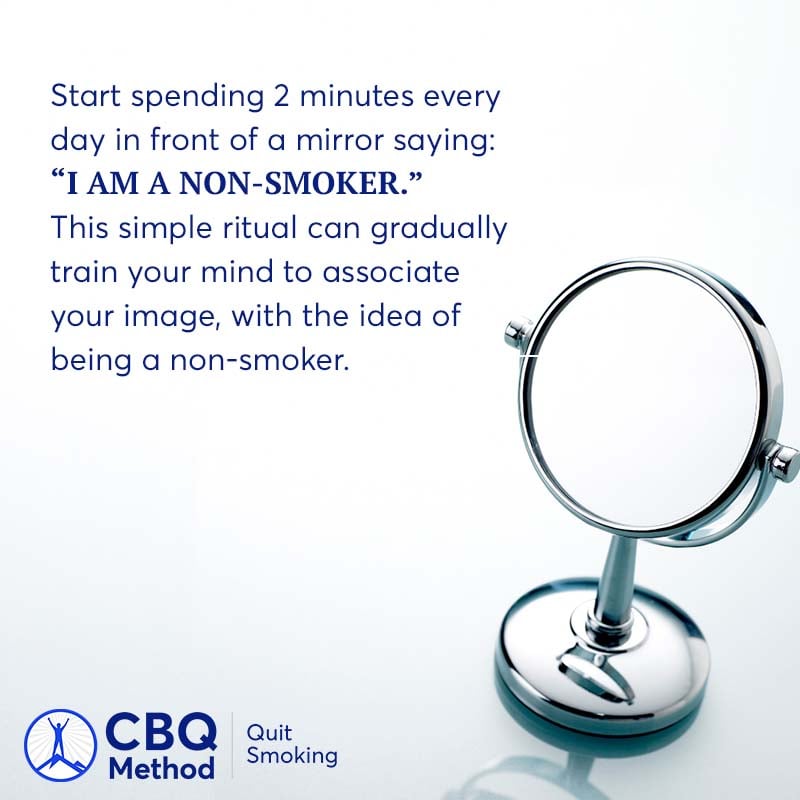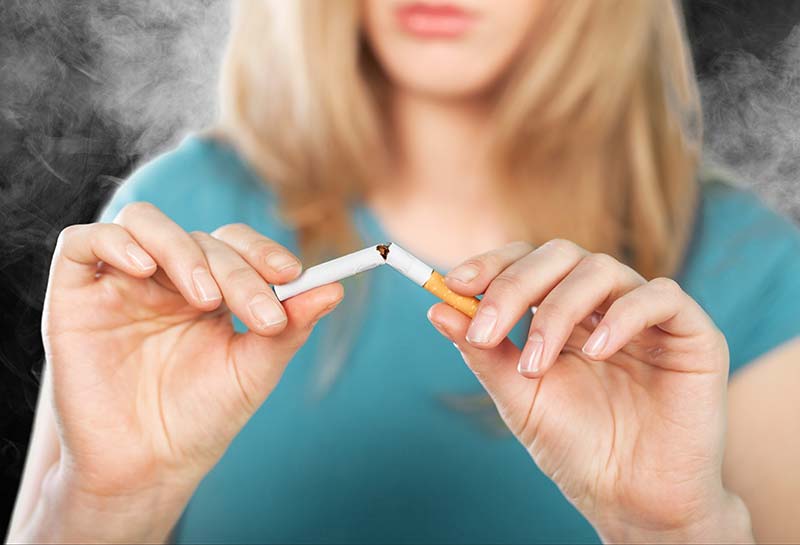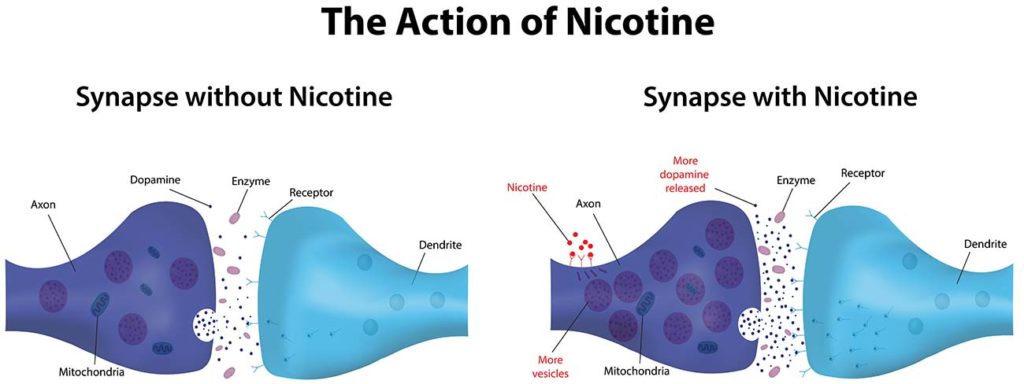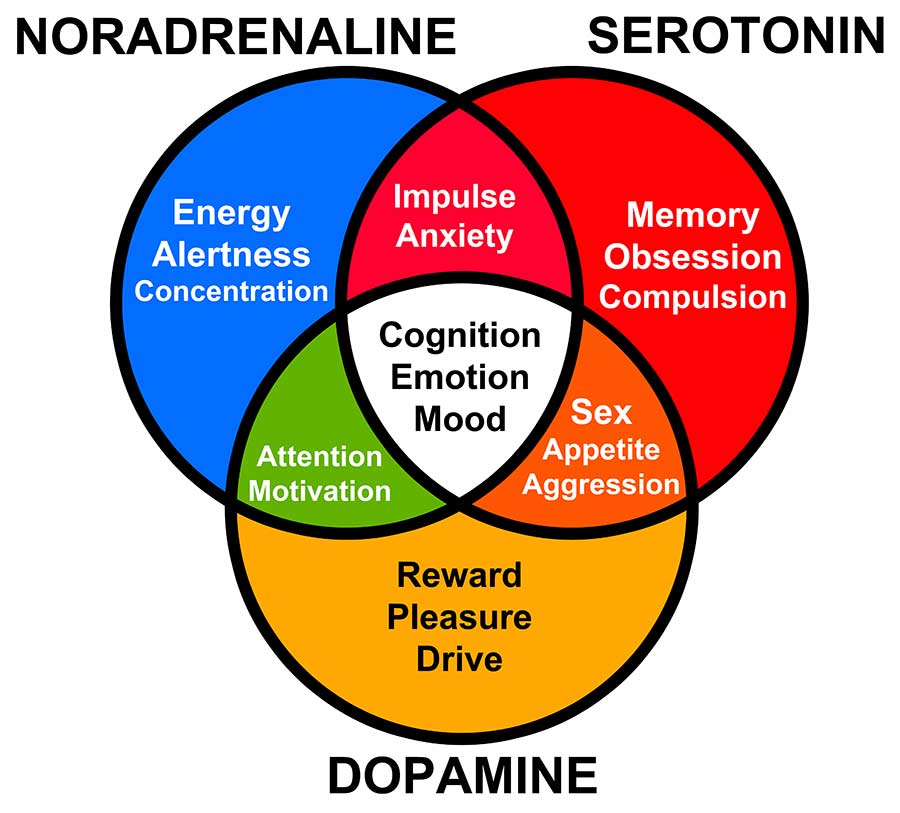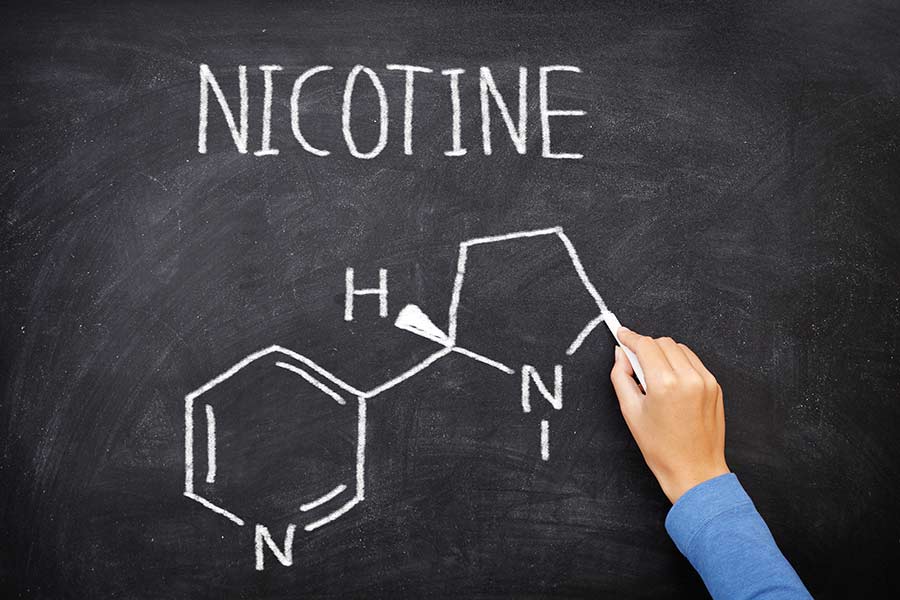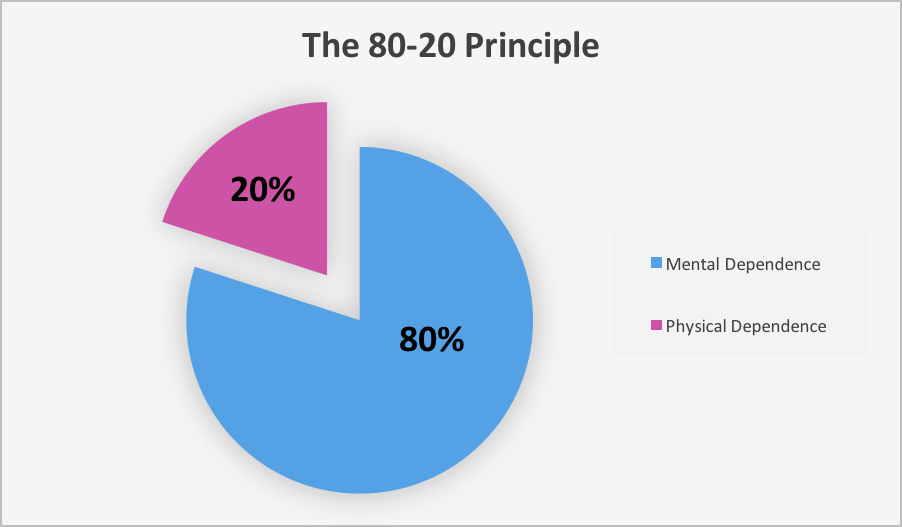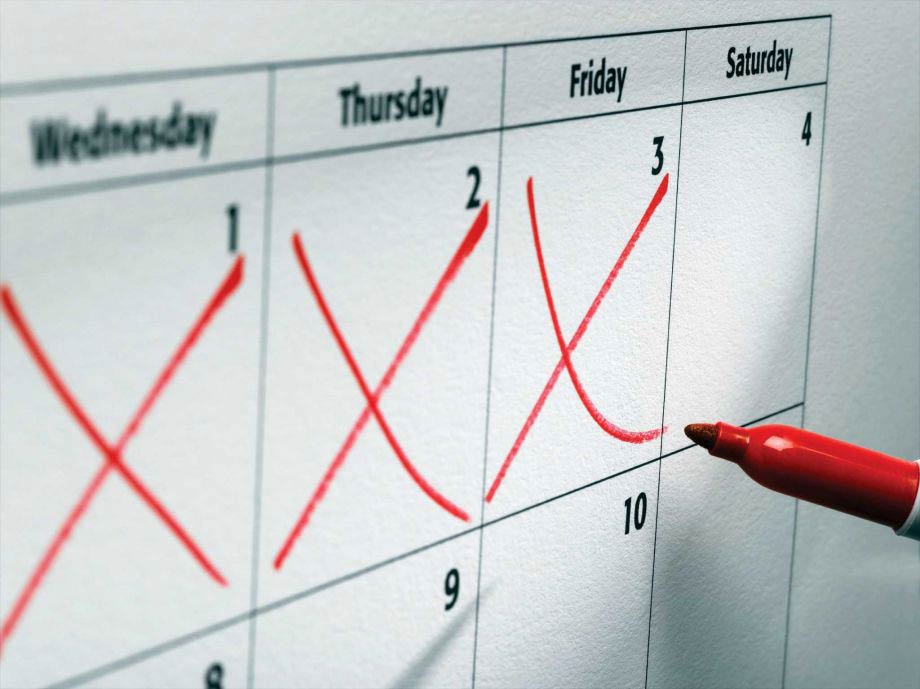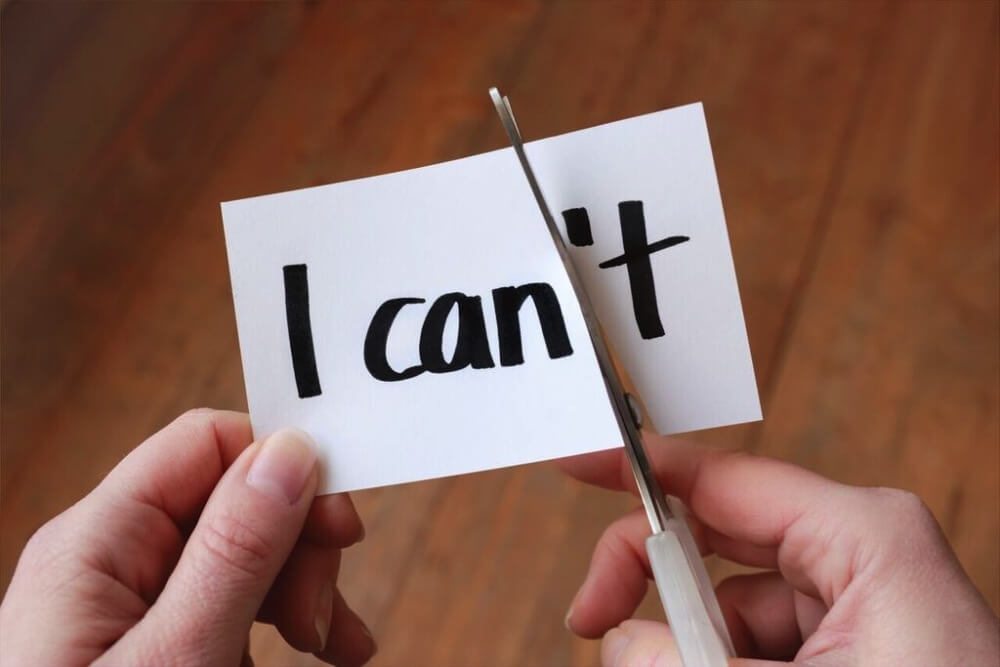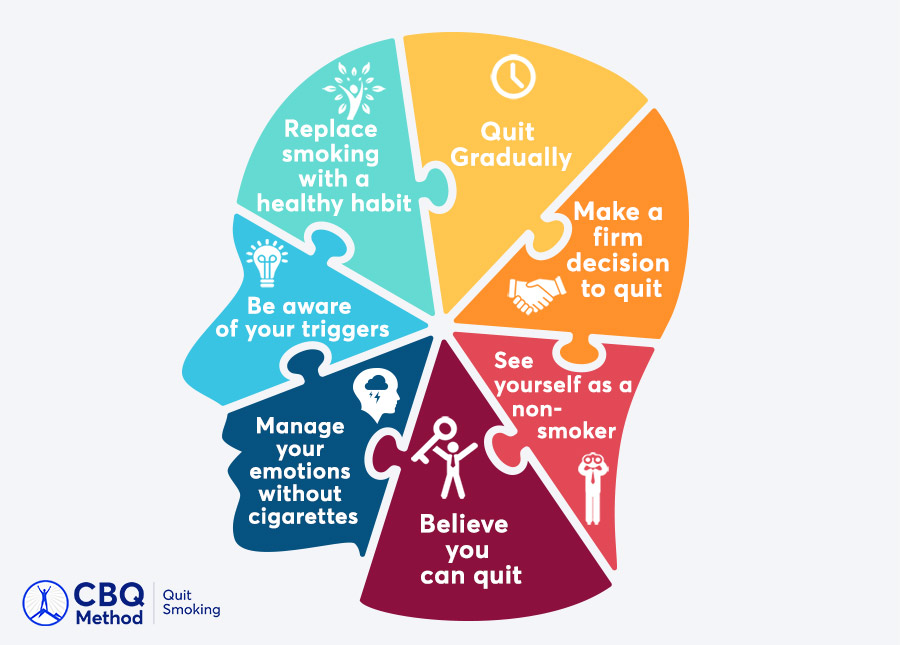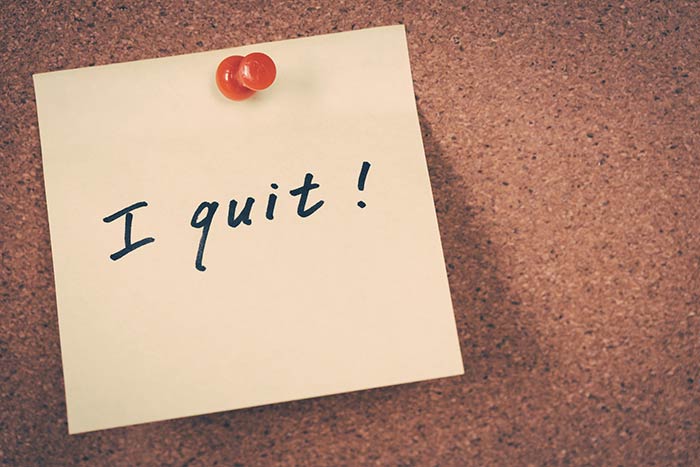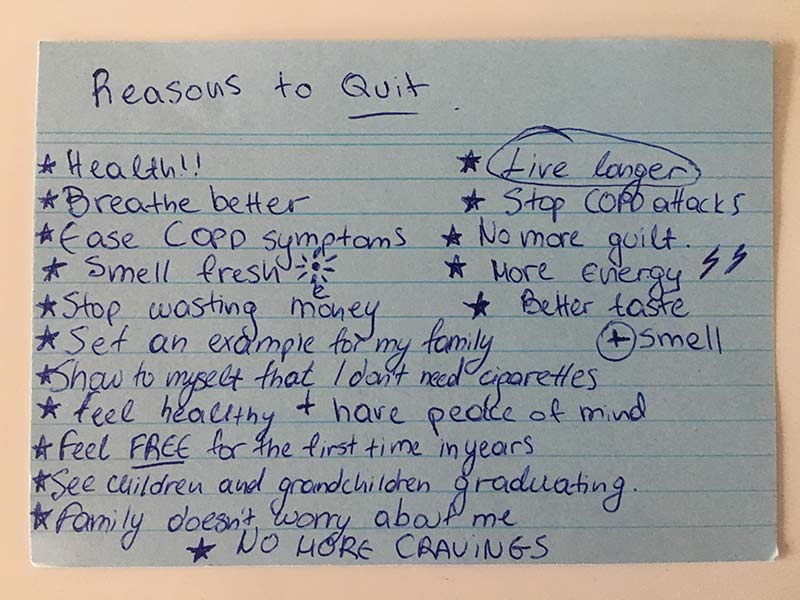You’ve decided to stop smoking. Great! You can do this! There are many quit smoking tips that can make it easier.
And in this article, we’ve collected the best tips that can help you succeed.
Some of those stop smoking tips are things you can do ahead of time, and others can help you stay away from cigarettes after you quit.
Quit Smoking Tips for Preparing to Quit
Preparing to quit smoking is important. You’re more likely to succeed if you prepare both mentally and physically.
Tips to Prepare Yourself Mentally
1. Set a quit date. Give yourself time to get ready, but not too much time. A date within the next week or two is usually best.
2. Put the date on your calendar. Regard that date as definite, not maybe. Think of it as a promise to yourself.
3. Think about your motivation. Why do you want to quit smoking? What is the real reason you want to do this?

6. Know your triggers. Figure out when you usually smoke (first thing in the morning, after work, after a meal). Make a list of the things you usually do while you’re smoking (talking on the phone, having a drink, driving your car). Everyone’s list will be different.
Once you have that list with your smoking triggers, you’ll be more prepared when you automatically think of having a cigarette at these times. You can plan to do something else instead. Think about what you can do instead of smoking.
7. Make a plan for managing cigarette cravings. What will you do if you want a cigarette? You’ll be able to manage cravings more easily if you have a plan for handling them.
8. Follow the 4 Quit Smoking Stages. There are 4 stages your brain follows when it gets attached or detached from a habit or an addiction.
If you skip any of these stages, quitting becomes hard. But going through the stages, in the right sequence, can make quitting easy. Because the 4 stages of the CBQ method help you overcome the mental dependence on smoking.
9. Think of yourself as a non-smoker who smokes, instead of a smoker who’s trying to quit. To apply this quit smoking tip, start spending 2 minutes every day in front of a mirror saying: “I AM A NON-SMOKER.” This simple ritual can gradually train your mind to associate your image with the idea of being a non-smoker.
More Tips to Quit Smoking…Get Support from Others
1. Tell your family and friends that you’re quitting. They’ll probably be glad to support you. Getting encouragement and support from other people can increase your commitment and help you succeed.
2. Make quitting a group effort. See if any of your friends or family members want to quit smoking. If they do, you can quit at the same time and encourage each other.
 3. Ask for advice. If you know someone who has quit successfully, ask for their stop smoking tips as well as suggestions and support. Ask if you can call or text if you feel discouraged.
3. Ask for advice. If you know someone who has quit successfully, ask for their stop smoking tips as well as suggestions and support. Ask if you can call or text if you feel discouraged.
4. Ask other smokers for help. If you have friends or family members who are smokers, try to enlist their help, too. Ask them not to smoke in front of you and ask them not to leave cigarettes around.
Cleaning House
1. Get rid of your cigarettes. Make sure there aren’t any in your house, workplace, or car. It’s too easy to have “just one” when they’re readily available.
2. Freshen up your house. Clean it, air it out, do your best to get rid of the smell of cigarette smoke.
Be sure to remove the ashtrays. Just the sight of an ashtray can make you think of smoking. It’s better to remove all those visual reminders of your smoking days.
3. The same goes for your car. Get it washed, empty the ashtray, clean the interior.
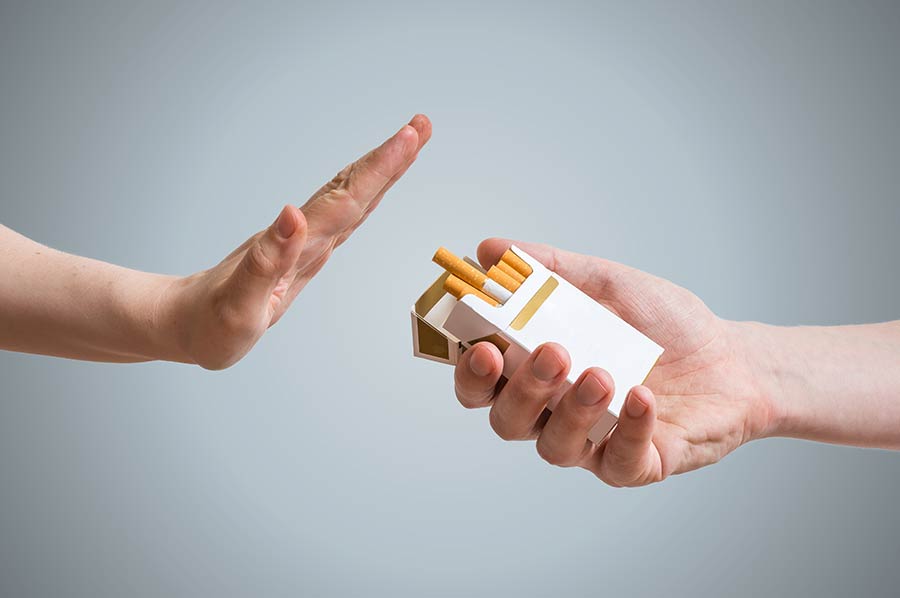 Quit Smoking Tips for Your Quit Day (and All Your Non-Smoking Days Afterwards)
Quit Smoking Tips for Your Quit Day (and All Your Non-Smoking Days Afterwards)
Nicotine withdrawal symptoms are likely to start on your first non-smoking day. They’re usually strongest on the first three to six days, and then start to ease up. They may be unpleasant at first, but they’re manageable, and they will subside soon.
Also, a big part of smoking is habitual. You’ve probably gotten used to having a cigarette at certain times of day, or when you do certain activities. If you make some changes in your routines, it will be easier to stay away from cigarettes.
Quit Smoking Tips to Keep Busy
1. Stay active. Go for a walk. Ride a bike. Do some exercises. Being physically active gets your blood pumping and increases the oxygen supply to your tissues. It also reduces stress and lifts your mood.

2. Spend time at places that don’t allow smoking. Go to a movie, a store or a restaurant where you can’t smoke. This is especially important on your quit day.
3. Spend time with other people. Make plans with a non-smoking friend or family member. Plan something active together. Spending a lot of time alone on your quit day can make it more difficult for some.
4. Keep your hands busy. You’re used to holding a cigarette. Give your hands something else to do.
Take up knitting, crocheting, embroidery, or other needlework. You’ll need to use two hands, and it will keep your hands busy. Take your materials with you when you go out.
Do crossword puzzles or number puzzles. Again, it will keep your hands busy. And it will keep your mind occupied, too.
5. Hold a pencil in your hand or fake-smoke a straw. It can take the place of that cigarette you’re used to holding.
6. Get things done. Do those tasks you’ve been avoiding. Clean a closet, do the laundry, wash your dog, organize your papers. Put your photos in an album, go through your email, mow the lawn. Do whatever needs doing. It will keep you busy, and it will also help you feel good!
Quit Smoking Tips for What You Eat and Drink
1. Stay hydrated. Drink lots of water or juice. Dehydration can trigger anxiety, and that can trigger the desire to smoke.
2. Eat regular meals. Skipping meals can make your blood sugar drop. A craving for sugar feels very similar to a craving for a cigarette.
3. Find a healthy snack food. Nicotine suppresses your appetite, so you’re likely to be hungrier after you quit. Be prepared with some nuts or fruit or another healthy snack that’s ready to grab and eat.
4. Limit your caffeine. Nicotine affects how quickly caffeine enters your bloodstream. When you quit smoking, you’ll feel the effects of caffeine more strongly. It might make you feel irritable and restless. And those feelings can make you feel tempted to smoke.
But it’s best to cut down on caffeine, not eliminate it entirely. Otherwise, you may have headaches, feel tired, or have other symptoms of caffeine withdrawal.
5. Be careful around alcohol. It can reduce your motivation to quit. And for a lot of people, alcohol is a trigger for smoking.
The Best Quit Smoking Tips for Cigarette Cravings
1. Use a timer. Cravings usually last for only 3-5 minutes but it feels longer. Use a timer to see how times passes. If you can manage without a cigarette for a few minutes, the craving will pass. And remember that you’ll have fewer cravings as time goes on.
2. Imagine the craving as an ocean wave. It grows larger as it approaches, then becomes smaller and disappears. Your craving will disappear, too.
3. Focus on your breathing when you crave a cigarette. Taking slow, deep breaths will help you relax.

4. Drink cold water. Often the craving for cigarettes feels like thirst. Drink 2 big glasses of cold water when you have a craving and it will go away.
5. Chew gum. If you’re used to smoking while you drive, keep some sugar-free gum or hard candy in your car, right within reach.
6. Sing a song when you want a cigarette. Or whistle a tune. This is something you can do while you’re driving or doing chores.
7. Do something else. If you can, stop what you’re doing and do something different. Stand up, stretch, do a few exercises. A short burst of physical activity can help.
Change Your Habits
1. Change what you drink. If you’ve always had a cigarette with your cup of coffee, your brain has come to link the two together. Drink a glass of juice instead. Or have tea instead of coffee.
2. Change your routines. There are probably times when you always had a cigarette. Get in the habit of doing something else instead.
If you always had a cigarette first thing in the morning, try doing some quick exercises or going for a short jog before breakfast. If you’re used to smoking while you drive, start chewing a stick of gum as soon as you get in the car. Find a new routine that works for you.

3. Have a new after meal behavior. Are you used to having a cigarette at the end of every meal? Start getting up from the table as soon as you finish eating. Move to a different room or go outside for a while. Try taking a ten-minute walk after each meal.
4. Change where you shop. Where did you buy cigarettes? Don’t shop there–your brain associates it with buying cigarettes.
5. Spend time with non-smokers. If you’re in a social situation, there are probably both smokers and nonsmokers around. Try to keep your distance from the smokers so you won’t be tempted to bum a cigarette from someone. Stay with the non-smokers instead.
Keep a Positive Attitude
1. Focus on the moment. Don’t think about never smoking again. Just focus on not smoking right now. That’s all you need to do. Stay away from cigarettes right now.
2. Boost your confidence. Remember the difficult things you’ve done in the past. If you could overcome those challenges, you can handle this one, too. And if you can handle this one, then you can do anything.
3. Keep a journal. Write about how you’re feeling. Write down what you did to win over nicotine today.

4. Look at your list of reasons for quitting smoking. Write another copy of the list if you feel the urge to smoke. It will keep you busy until the urge passes.
5. Remind yourself that you are a nonsmoker. Practice saying, “I don’t smoke anymore.”
6. Visualize yourself as a healthier person. Picture your lungs becoming cleaner and the toxins in cigarette smoke leaving your body.
7. End each day by congratulating yourself on not smoking. It’s important to recognize your progress and celebrate it.
Do Things That Make You Feel Good (Zen Quit Smoking Tips)
1. Get a massage. It relaxes your muscles, helps reduce tension and stress, and lifts your mood.
2. Get more sleep. Nicotine is a stimulant. When you smoke, your adrenal gland releases adrenaline. It speeds up your heart rate, which means more blood is supplied to your muscles and brain. You feel more alert and energetic.
Your body will adjust to the lower adrenaline levels, but it’s likely that you’ll feel tired at first. And stress is tiring, too. Be kind to yourself and allow yourself more time to sleep.
3. Take a yoga class. There are different types of yoga, but all involve controlled breathing and holding physical poses. Doing yoga can lower your blood pressure and heart rate and reduce stress and anxiety.
4. Learn to meditate. When you meditate, you focus your attention and relax your breathing. You can meditate while sitting quietly, perhaps with music playing. It helps to reduce stress and negative emotions.
5. Practice mindfulness. That means paying attention to what you’re thinking and feeling right this minute. Focus on your breathing, how your body feels, what you hear, and smell. It will help both your body and mind relax.
In a study, participants who used mindfulness techniques cut down 37% of their smoking
6. Think of your happy place. Imagine a place where you feel relaxed and safe. It might be a beach or garden, or someplace that’s special for you. Try to visualize all the details. Think about what you would hear, smell, and feel if you were there. This is another way of reducing stress and becoming calmer.
 7. Calculate your savings. How much did you spend on a pack of cigarettes? Multiply that by the number of packs you smoked each day, and then figure out what you spent on cigarettes each month. Aren’t there other things you’d rather do with that money?
7. Calculate your savings. How much did you spend on a pack of cigarettes? Multiply that by the number of packs you smoked each day, and then figure out what you spent on cigarettes each month. Aren’t there other things you’d rather do with that money?
8. Give yourself a reward. You’ve earned it! Use some of the money you saved by not buying cigarettes. Buy yourself a piece of clothing or sports equipment, or something else that you’ve wanted.
9. Do something nice for someone else. Focus on other people, not on yourself. Doing a good deed will keep you busy, and it will probably make you happier, too.

